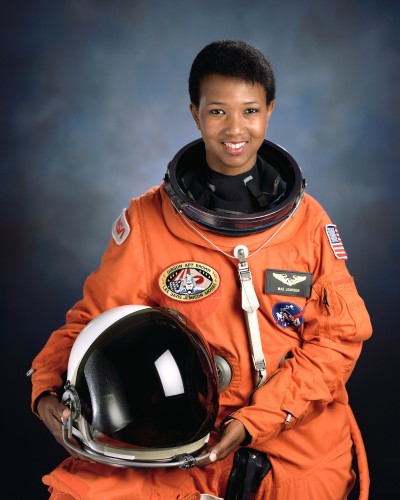“The difference between science and the arts is not that they are different sides of the same coin, or even different parts of the same continuum, but rather, they’re manifestations of the same thing… They spring from the same source. The arts and sciences are avatars of human creativity. It’s our attempt as humans to build an understanding of the universe, the world around us. It’s our attempt to influence things, the universe internal to ourselves and external to us.”
Physician, astronaut, professor, and dancer Dr. Mae Jemison shared this insight in her 2002 TED talk “Teach Arts and Sciences Together.” After two decades, the urgency in her message still resonates. Science, like art, stagnates without creativity.

As emergency physicians, we must embrace creativity and boundless curiosity in order to move our field into the future. I’ve had the opportunity to see that spark of creativity burning brightly across this issue of EM Resident. Creativity shines in Dr. Haig Aintablian’s passion for the rapidly evolving field of space medicine, and his boldness in piloting UCLA’s fellowship. It shines in the op-ed calling for an end to possessive eponyms and the impact this has on our patients with eponymous diseases. It’s in a thought-provoking analysis of cardiac arrest research biases, biases that limit evidence-based treatment of Black patients, rural patients, and women. In so many of these articles, your creativity is not just in the prose of your research or the sculptures in your sim models. It’s in your willingness to boldly challenge the status quo.

Dr. Mae Jemison
Emergency medicine is a highly nimble specialty, and advancements have come very quickly over the past 50 years. But this is not a fact we can take for granted indefinitely. Being good stewards of EM’s creative momentum takes energy. We must actively question our own dogma, which may mean repeating old studies to evaluate their reproducibility and generalizability. We must promote diversity in our EDs and select physician leaders who foster creativity. We must explore new technologies and strategies for serving patients, from rural medicine to space medicine and beyond.
As Dr. Jemison said, “Never be limited by other people’s limited imaginations.”



